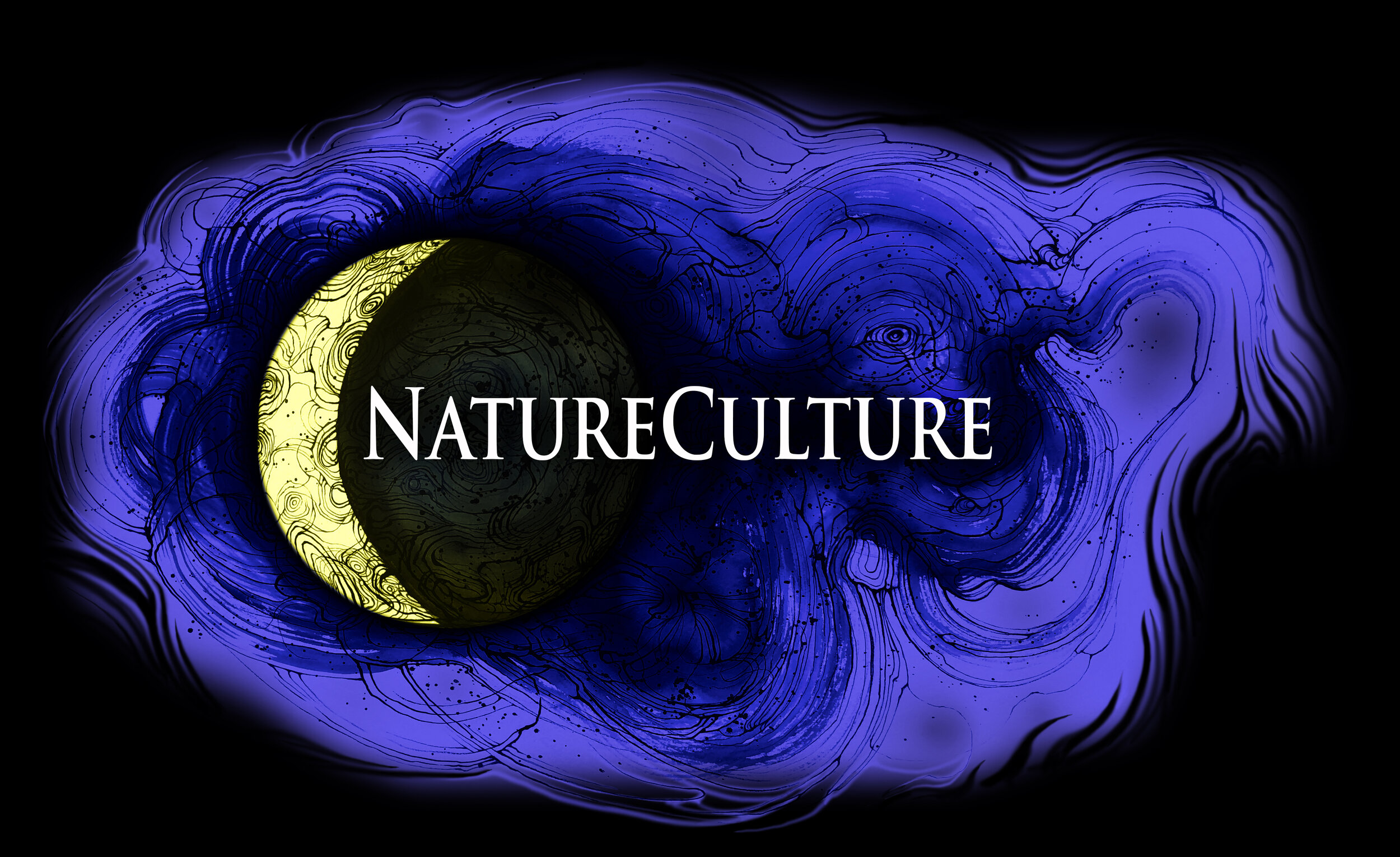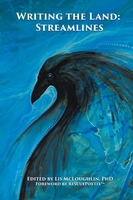Corvus II by Martin Bridge
Cover image: Corvus II by Martin Bridge
Writing the Land: Streamlines
Writing the Land: Streamlines is the second book of 2023.
“Writing the Land is an attempt to honor nature and our relationship with it in a way that is as equitable and transparent as it is deep and entangled. We intend to be as inclusive—to humans and places
—as we hope the mantle of protection that land trusts offer can be. Our work will never be complete but gains strength, depth, beauty, and energy in a multitude of voices.” —-Lis McLoughlin, editor
Participating Partners:
Bainbridge Island Land Trust
CBRAC
Greenbelt, Essex County’s Land Trust
Island Heritage Trust
Kansas Nature Conservancy
Maine Audubon
Mount Grace Land Conservation Trust
Radnor to River
San Juan Preservation Trust
Taylor Wilderness Research Station, University of Idaho
Praise for Writing the Land: Streamlines:
“Sink yourself into your comfy chair to embrace the marvelous descriptions of the landscapes. Imagine how surreal it would be to stand on the edges of Cheyenne Bottoms Wildlife area, a majestic place in the middle of Kansas adorned by whooping cranes and a pageantry of colored birds. Visualize standing atop of the ridge at West Meade Conservation Corridor where the yellow chert stone wall stands, built by slaves over 200 years ago. Envision the sacred spaces no one really owns. From Bornestone Mountain where the dying whisper. The poets attuned eye and ear describe every detail that can be described. Like the glint of sun and glitter of shades, the hillsides playing hide and seek touching the cracked skin of red cedars as if wanting to unveil the mystery hidden between the cracks. Richardson Overlook on Straton Mountain, standing like a ballerina. The waterfall ravine where maidenhair fern, jewelweed, bladder nut and spicebush grow and where natural springs burst forth from the hillside cascading down over exposed layers of dark shale. Take a trip to the west coast, look for clam diggers where plate tectonics uplifted ancient sea beds. Learn about the Coast Salish tribes Island Pen’e’nex’weng also known as Vendovi Island. Remember with Denise Low that the grass has memory “
—Raúl Sánchez, City of Redmond Poet Laureate 2019-2021, author of When There Were No Borders
“Part field guide, part call to action, part wanderlust manifesto, Streamlines makes you want to get out there, to let yourself be inspired by the wonder of a hidden waterfall or a shoreline made new by a flock of sandhill cranes… and to let that inspiration guide you in your relationship with the land.
Each poem is a seed of perspective on how we approach and interact with our natural world, an opportunity to bloom into something beyond our hemmed-in horizons. In “Above Big Creek,” Alexandra Teague writes [w]e follow / the water: its surging descent, its impassable / passage and rushing. So, too, do we journey with these poets through the turbulence of history and progress to moments of profound understanding and reverence for the lands and waters that nourish us.
-- Joanna Lee, MD, founder, River City Poets, and author of Dissections
“From the rolling streams of Cox Reservation to the Caribbean Sea, the poems of Streamlines honor water in all its many forms, always connecting, always nourishing, as Julie Sumner recognizes “the rush/of it like time itself, and though time.” In water, these poets uncover profound truth. Idaho poet Alexandra Teague asks us to contemplate the Taylor Wilderness Research Station before “frontier men’s axes/cut logs out of time,” Big Creek before it held “inside its water, massacres. Inside its water, passages,” while Mary Brancaccio reminds us from coral reefs of Cayman Brac, “you have forgotten how fragile you are.” As Samaa Abdurraqib suggests, “Isn’t that what we all want? To thrive/And to drink that which threatens to drown us?” The poets of Streamlines find in water a space of reconciliation. Stuart Kestenbaum contemplates Sunrise and Sunset Ponds where “Everything I see/is nameless and connected,” Rena Priest on Vendovi Island (Pen’e’nex’weng), reminds us that “A long time ago, the two mountains were married” “through their parting of ways/the islands of the Salish Sea came into being” “leaving gifts/for the xwel’mexw, the people” on Bainbridge Land Trust, Claudia Castro Luna contemplates the “moss heart-water of creation.” Dive into these diverse and sacred waters, hear how they whisper between islands of protected and thriving land, hope of a healing earth. ”
—Katherine Hagopian Berry, author of Mast Year, LandTrust, and Orbit


